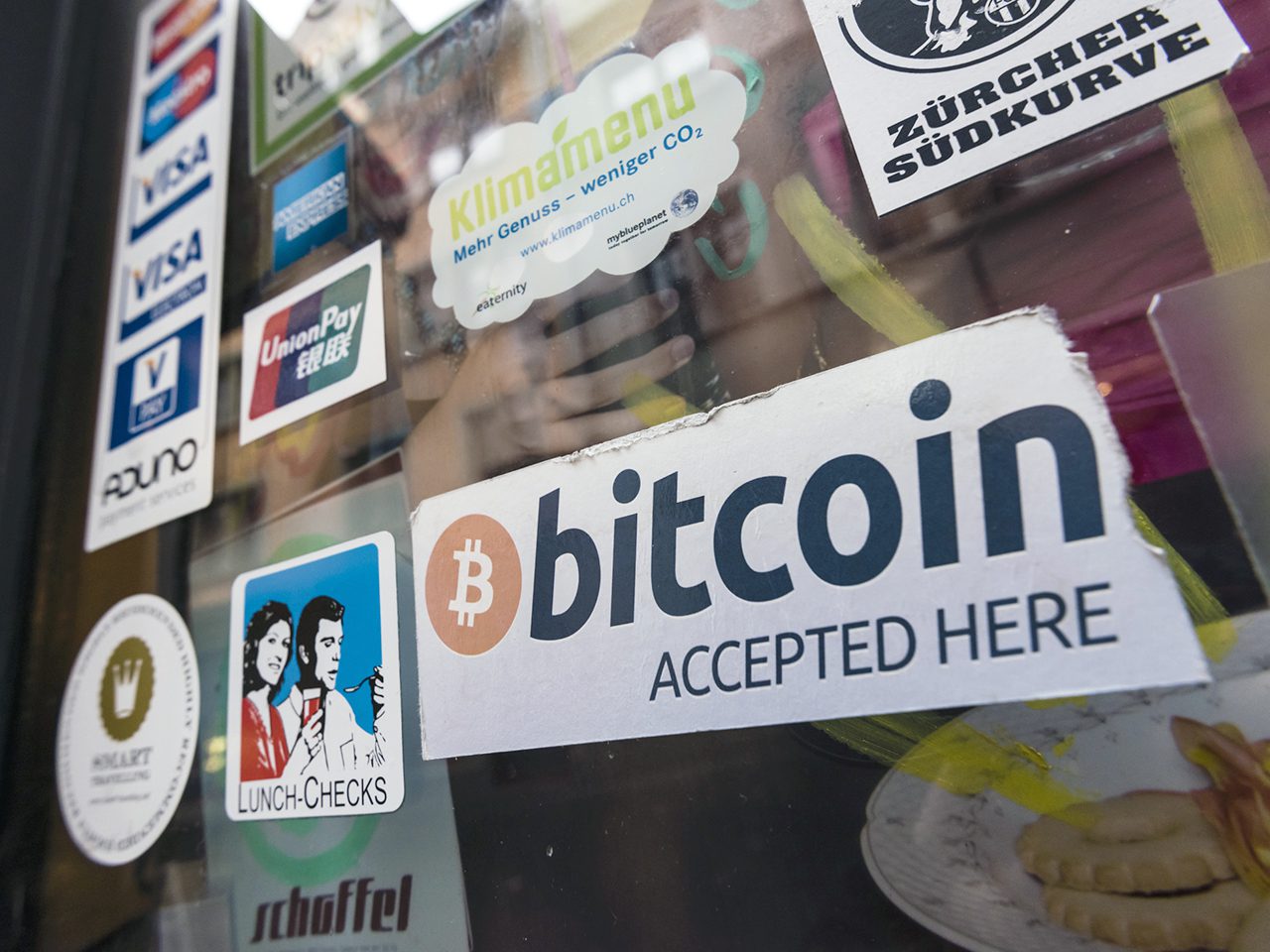The following is a guest post from Shane Rodgers, CEO of PDX Global.
This month Deloitte published the results of a survey showing that merchants are bullish on accepting crypto-based payment.
Yes, the survey was conducted in December, before the current crypto shake-out, but the crypto market is not going away anytime soon — and neither is the willingness to take payments in crypto.
Crypto offers too many benefits to throw it out as a payment mechanism. Let’s look at the challenges vexing the payments industry today.
Our current systems are anachronistic. For merchants and banks alike, our legacy payment infrastructure is a rat’s nest of credit cards, high fees, middlemen, and security flaws, slowing the industry down and driving up costs for businesses and consumers alike.
Merchants, in particular, are frustrated — and with good reason. Faced with high credit card fees, they are forced to shuffle data between multiple middle parties, each of whom gets a cut. The constant shuffling exacerbates the fraud risk — the more we move data, the greater the number of parties involved. It’s a recipe for disaster.
Even banks are seeking alternatives to credit cards. In April, the Wall Street Journal reported that banks are weighing rolling out Zelle for direct payments to merchants. And last year, Amazon unsuccessfully attempted to remove VISA from its UK payment line-up.
Will crypto drive the change?
We need to move to a fully digital economy, where transactions are instant, fees are low, and security is high. A crypto payments system built on the blockchain offers consumers and merchants the ability to sidestep an aging infrastructure and utilize a new streamlined pathway with all the above benefits.
It’s a win-win. Consumers have been chafing to pay for goods and services in crypto, while merchants know that those who act first on customer demand can attract a more extensive base and gain visibility.
The Deloitte survey found that 87% of respondents believe that the organizations that accept cryptocurrency have a competitive advantage in the market. A similar number believe that the use of crypto for everyday purchases will increase exponentially over the next few years.

‘Bolt-on’ crypto conversion systems are not working
Obviously, banks and businesses don’t want to hold crypto — there is too much risk given its current volatility. They just want payment, and current conversion services that use the old legacy rails bring back the same problems: introduction of high fees, lagging transaction times, and even greater fraud risk, especially thanks to less-than-secure crypto exchanges seem to get hacked weekly.
Venmo, Stripe, and Flexa, for example, have apps for businesses allowing consumers to pay in crypto but require consumers to 1) open an account with an exchange company, 2) start a wallet, and 3) exchange one or two kinds of cryptocurrencies for dollars at high fees. For most businesses, making the consumer jump through such hoops carries the danger of negative feedback and is not worth the risk or financial outlay.
What’s required to make seamless crypto payments?
The Deloitte Survey points out several significant issues standing in the way of digital currency payments.
The biggest concerns? First, integrating digital currencies as a bolt-on mechanism to the existing financial infrastructure is too difficult and doesn’t eliminate the problems. Second, overall integration across various digital currencies is complex and could limit the market.
Clearly, the business world needs a platform that sidesteps both our antiquated payment systems and the add-on solutions that now work on top of them.
In the medium term, we can have parallel systems. Still, the goal is to utilize the peer-to-peer payment structures that leverage digital economy advantages, including the blockchain’s security, speed, and cost-effectiveness.
This blockchain infrastructure already exists and has made significant inroads into our digital economy, offering blazingly fast transaction times.
With this architecture, companies seeking to create new tools and capabilities that support faster and cheaper payment can build seamless applications, including apps for easily converting crypto, so that consumers and businesses can use it for real-world and meta-world purchases.
Fees can be slashed
For example, when retailers can accept blockchain-based payments through easy integration of an app on their POS system, those hefty 3% fees can be slashed to a minimum.
POS terminal and related software vendors have the installed base and financial motivation to roll out such a solution broadly and derive additional income in the process.
Similarly, a seamless and rapid crypto-to-cash conversion platform like my firm is building can also stimulate sales as consumers seek to use their cryptocurrency for more than investing. In our work with the Polygon blockchain, for example, we expect a POS-integrated app and platform that matches VISA in the volume of transactions per second.
However, the key to making such a platform truly useful is not just the acceptance of Bitcoin as a sole convertible currency but also the ability to convert multiple major cryptocurrencies.
Today, as many as 150 cryptos are considered “solid,” meaning they are highly liquid and thus can be sold almost instantly.
A crypto conversion platform based on the blockchain can also interface easily with POS systems to make conversion ubiquitous, simple, and inexpensive.
Moving to the modern system
With our current legacy payment system functioning as well as a Henry Ford-era apparatus, we as customers are forced to pay for inefficiencies and vulnerabilities as we seek to get around a new digital city.
Rather than continuing to repair the old engine, it’s time to move to the EV.
With the peer-to-peer capability provided by the blockchain that allows direct transactions and the development of streamlined payments, crypto-to-fiat conversion, and fast, inexpensive purchasing apps, our payment system can thrive.
We will be there soon.


